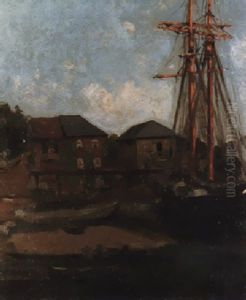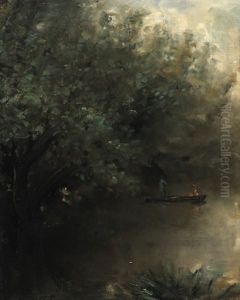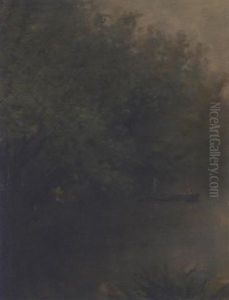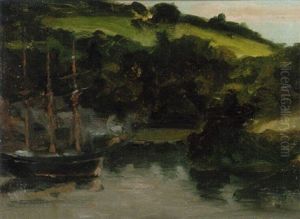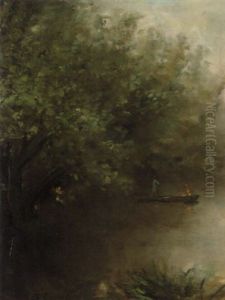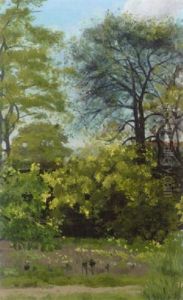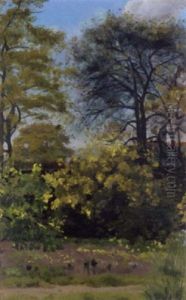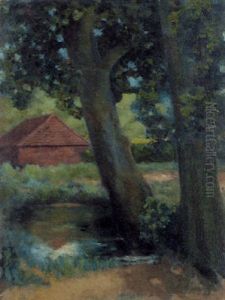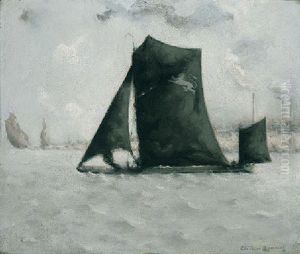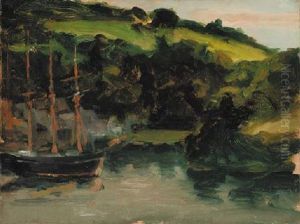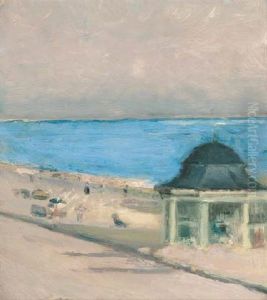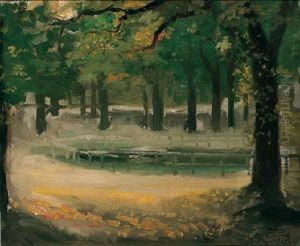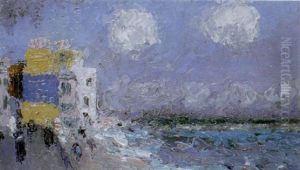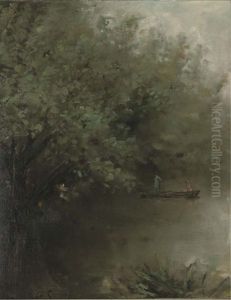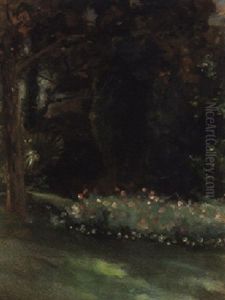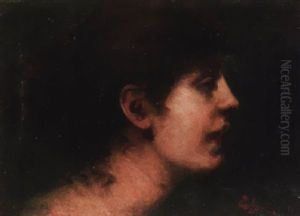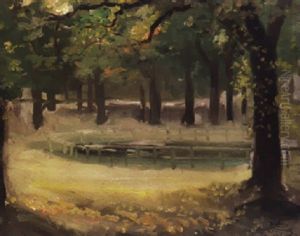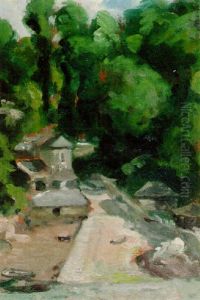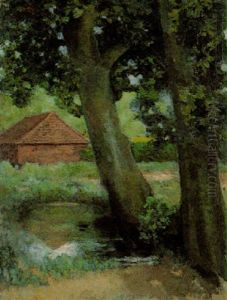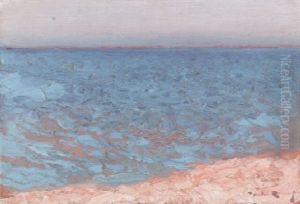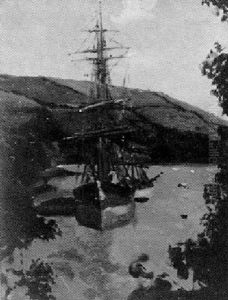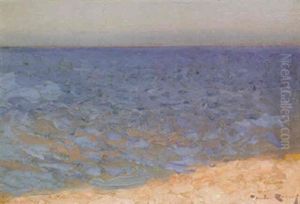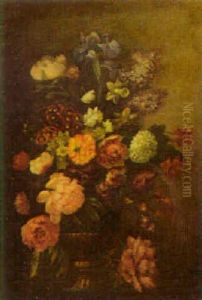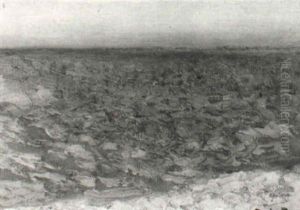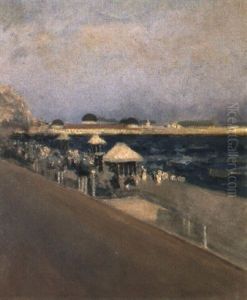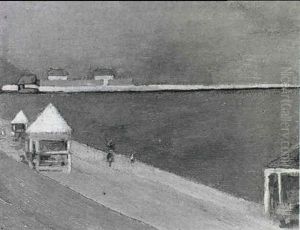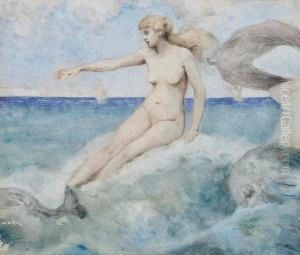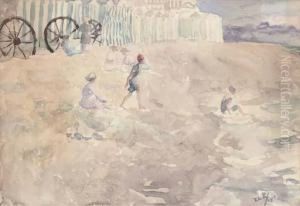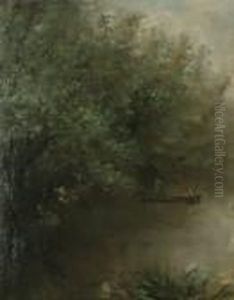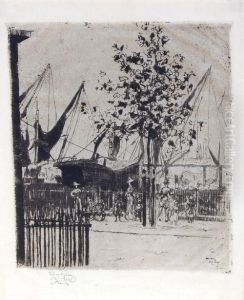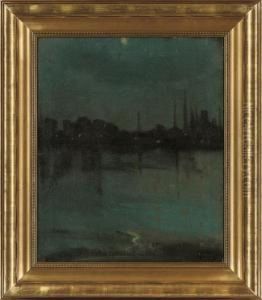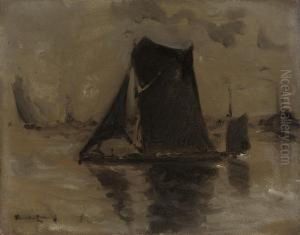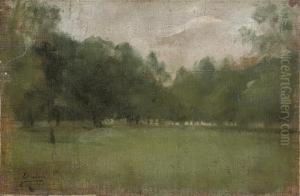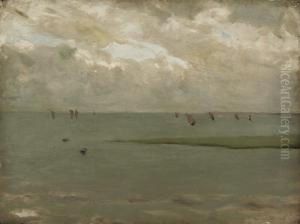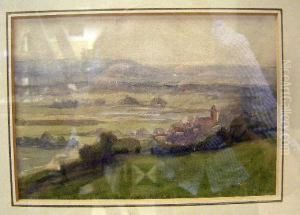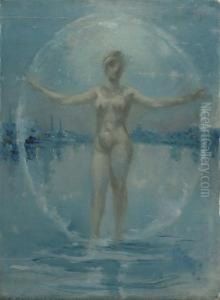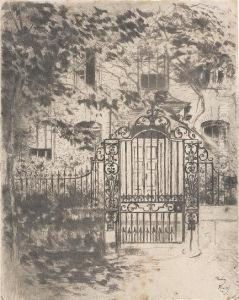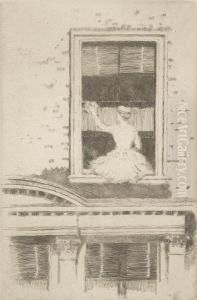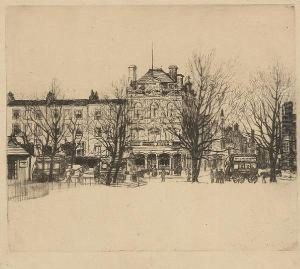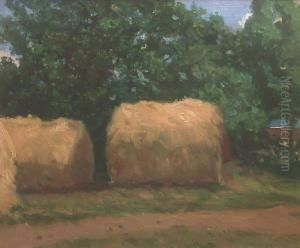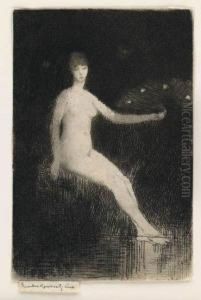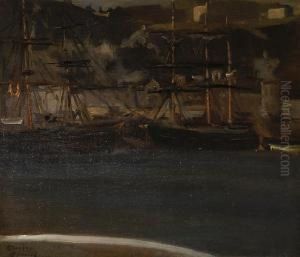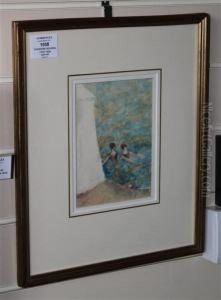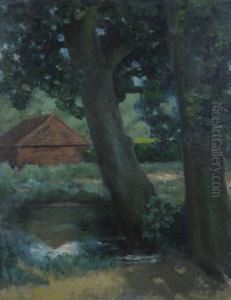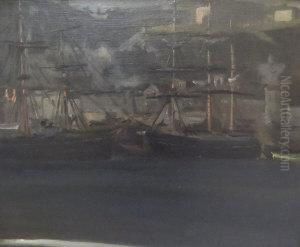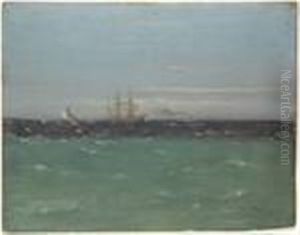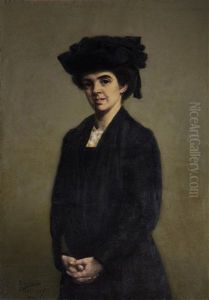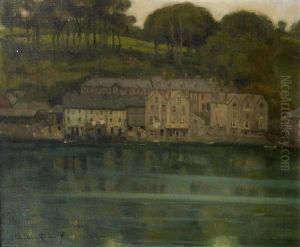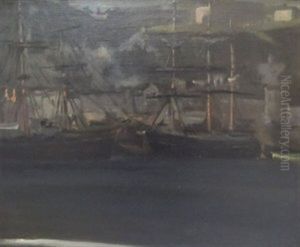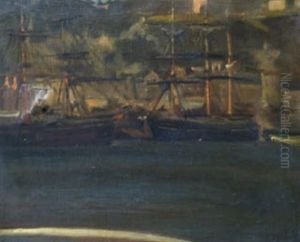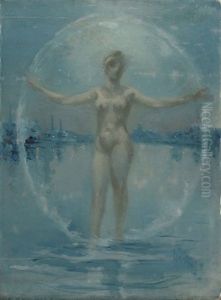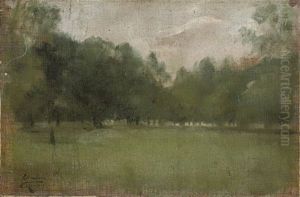Theodore Casimir Roussel Paintings
Theodore Casimir Roussel was a French-born artist who spent much of his career in England and is associated with the British etching revival of the late 19th century. Born on November 23, 1847, in Lorient, Brittany, France, Roussel moved to England in the early 1860s, where he eventually settled and made significant contributions to the art scene.
Roussel began as a painter, but he is primarily remembered for his work as an etcher and printmaker. His style was influenced by the impressionists, particularly by the works of Édouard Manet, whose approach to modern urban life and new painting techniques had a profound impact on Roussel. Despite this influence, Roussel developed a distinctive style characterized by delicate lines and attention to the effects of light.
In England, he became closely associated with James McNeill Whistler, another expatriate artist who had a significant impact on British art. Whistler's subtle tonalities and innovative compositions were elements that Roussel admired and often emulated. The two artists shared a focus on aestheticism and the belief in art for art's sake, which was a counterpoint to the Victorian era's often moralistic and narrative art.
Roussel was a meticulous craftsman and his etchings were highly regarded by his contemporaries. He often depicted scenes from everyday life, including landscapes, seascapes, and urban vistas, capturing the nuances of the environment and the atmosphere of the moment with a sensitive eye. His work found an audience among those who appreciated the aesthetic and technical aspects of printmaking.
Despite his adoption of England as his home, Roussel maintained his French citizenship throughout his life. He exhibited his work in both countries, receiving accolades and establishing himself as a respected member of the artistic community. Roussel's influence extended to teaching; he instructed a number of students in etching, thereby playing a role in the continuation and development of the medium.
Theodore Casimir Roussel's contribution to the British etching revival and his role as a bridge between French and British art during a period of significant change in the art world are part of his lasting legacy. He passed away on April 23, 1926, in St. Leonards-on-Sea, England, leaving behind a body of work that continues to be appreciated for its beauty and technical finesse.
